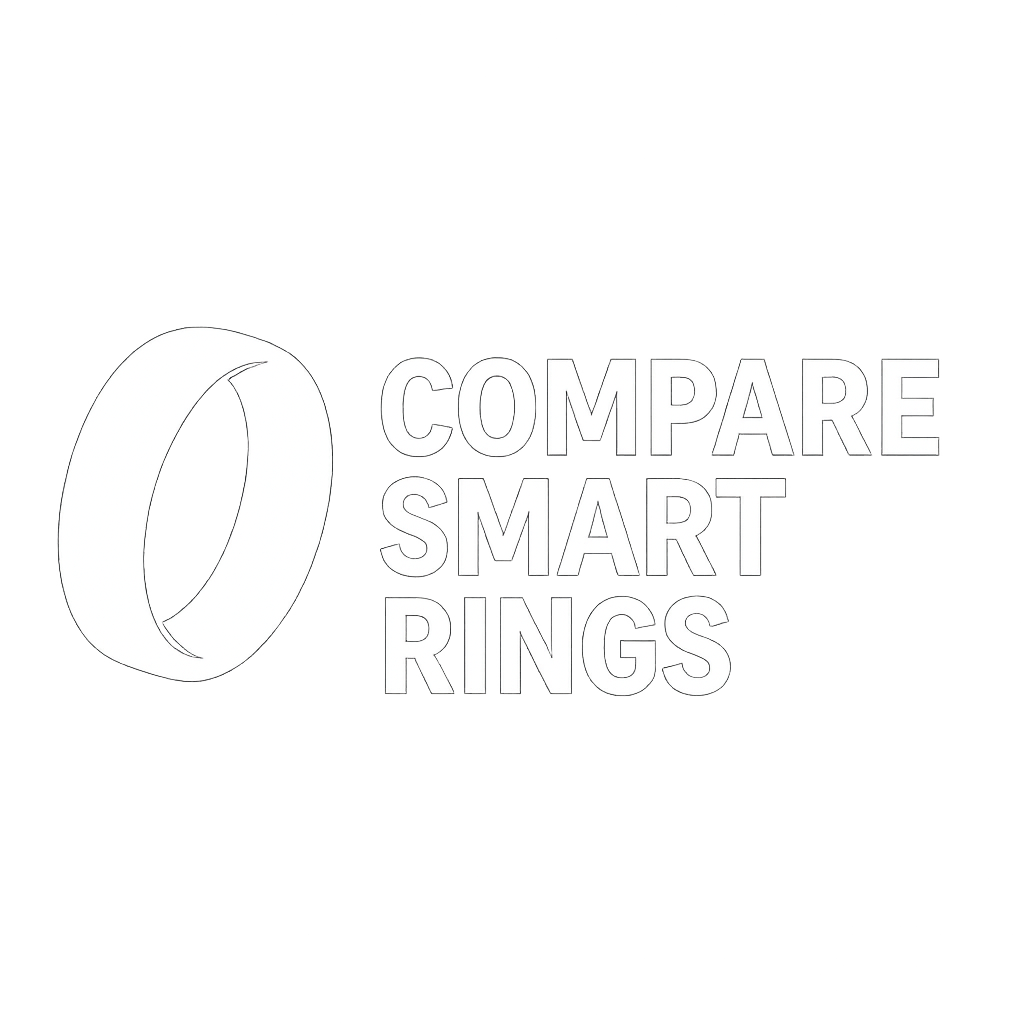Fertility Tracking 2.0 — How Smart Rings Quietly Became the Hottest Cycle‑Health Tech of 2025
From TikTok trying‑to‑conceive groups to OB‑GYN clinics, everyone is whispering the same question: “Should I ditch my pee sticks and get a smart ring?” In 2025, the answer is tilting hard toward yes—thanks to peer‑reviewed accuracy gains, dazzling new algorithms and the simple fact that rings beat watches at fingertip physiology.
1. Why the Fertility‑Tech Market Just Blew Past $1 B
The digital contraception and fertility‑tracking sector was already buzzing, but three forces have kicked it into overdrive:
- Delayed parenthood in Gen‑Y & Z means more months spent tracking fertile windows.
- DTC hormone tests (think Modern Fertility) have mainstreamed cycle analytics.
- Wearables miniaturization put clinical‑grade sensors in 2‑gram titanium shells.
Enter smart rings—the only wearables that sample temperature, HR & HRV from arteriole‑rich finger tissue instead of roomy but signal‑noisy wrists.
2. Oura’s 96 % Ovulation Hit Rate: The Study Everyone Missed
Published in JMIR this February, a 964‑participant study validated Oura’s physiology‑driven algorithm: 96.4 % of ovulations detected within ± 1.26 days—trouncing calendar tracking three‑fold. The kicker? Accuracy held for both regular and irregular cycles, making it a lifeline for women with PCOS‑style variability.
“Finger‑based metrics let us catch tiny luteal temperature rises hours before they show up on wrist devices.”
— Dr. Nina Thigpen, lead author
3. Beyond Baby‑Making: Rings for PCOS, Perimenopause & Hormone Mood Swings
Cycle‑aware rings aren’t just for TTC couples. Clinicians now use nightly temperature plateaus and HRV dips to:
- Flag luteal‑phase defects that can hint at progesterone issues.
- Track perimenopause onset years earlier than symptom diaries.
- Correlate mood variability with hormonal shifts—opening doors for CBT timing.
4. Spotlight: The Three Rings Owning Women’s Health in 2025
| Ring | Cycle‑Health Superpower | Subscription? | Website / Review |
|---|---|---|---|
| Oura Gen 4 | Physiology‑based ovulation algorithm (96 % accuracy) | $5.99 / mo after 1‑month trial | Full review → |
| Movano Evie | FDA‑cleared temperature sensor + mood journaling, focuses on perimenopause | No fees | Official site ↗ |
| Ultrahuman Ring Air | “Cycle Aware Recovery” distinguishes fever vs. luteal temp spike | No fees | Full review → |
5. Inside the Sensor Stack: How Rings Nail Fertile‑Window Precision
Skin temperature rises ~0.3 °C post‑ovulation, but finger readings amplify that signal. Combine it with:
- HRV troughs during the progesterone surge,
- Resting‑heart‑rate bumps in mid‑luteal days,
- Breathing‑rate shifts from progesterone‑driven ventilation,
…and you unlock a multi‑biomarker fingerprint that AI can timestamp to the hour.
6. Privacy, FDA & The “Fem‑Tech” Data Debate
Cycle data is deeply personal—especially in a post‑Dobbs United States. Moves worth noting:
- Movano Evie’s HIPAA‑compliant cloud and encrypted at‑rest storage.
- Oura’s opt‑in “Periods Away” Mode that deletes fertile‑window predictions on device.
- Ultrahuman stores raw biometrics locally first, then syncs to user‑controlled cloud buckets.
Regulators are watching: FDA’s new SaMD guidance means ovulation‑prediction software could soon require 510(k) clearance.
7. Cost Check: ROI vs. Pee Sticks
Ovulation test strips cost ~$0.80 each. A six‑month conception journey = 12 cycles × 10 strips / cycle ≈ $96. A ring like Ultrahuman costs $349 once, lasts five years and adds sleep, stress and HR data. Do the math—and remember that Oura’s sub is optional for cycle predictions if you export to NC°.
8. Choosing Your Ring: 5 Must‑Read Specs
- Temperature precision (≥ 0.01 °C)
- Cycle algorithm transparency (peer‑reviewed > marketing claims)
- Battery life across luteal temp rise (avoid missing the spike)
- Data export (CSV or Apple Health for fertility apps)
- Comfort rating—you’ll wear it overnight and during intimacy
9. Which Ring Is Best for You?
No single smart ring is perfect for every cycle‑tracker. Here’s how the three leaders map to common fertility goals and budgets:
- Oura Gen 4 — Best for data nerds & irregular cycles
Peer‑reviewed 96 % ovulation accuracy (±1.3 days) plus seamless Natural Cycles integration for FDA‑cleared digital contraception. Requires $5.99/mo membership or NC+Oura bundle. - Movano Evie — Best for budget & perimenopause insights
$269 up‑front, zero subscription fees and an FDA‑grade temperature sensor tuned for perimenopause and mood logging. - Ultrahuman Ring Air — Best for active lifestyles balancing cycle & recovery
New “Cycle Aware Recovery” mode distinguishes fever from luteal temp spikes, overlaying recovery scores for training decisions; no monthly fees.
10. Looking Ahead: Non‑Invasive Progesterone Sensors & Ring‑Based LH Peptide Detection
Patents filed this spring hint at optical‑chemical coatings that sniff hormone metabolites through the skin. If that sticks, today’s temperature method could look quaint by 2028.
The Takeaway
Smart rings have crossed the threshold from “nice sleep gadget” to “legit fertility lab on your finger.” With peer‑reviewed accuracy and no pee‑stick clutter, they’re rewriting the TTC playbook—and offering every cycle‑curious woman deeper insight in the process.
💍 Ready to compare specs side‑by‑side? Jump to our live comparison tool and filter by cycle‑tracking features, price and battery life.
Disclaimer: This article is for educational purposes only and is not medical advice. Always consult a qualified healthcare provider for fertility or contraceptive decisions.
